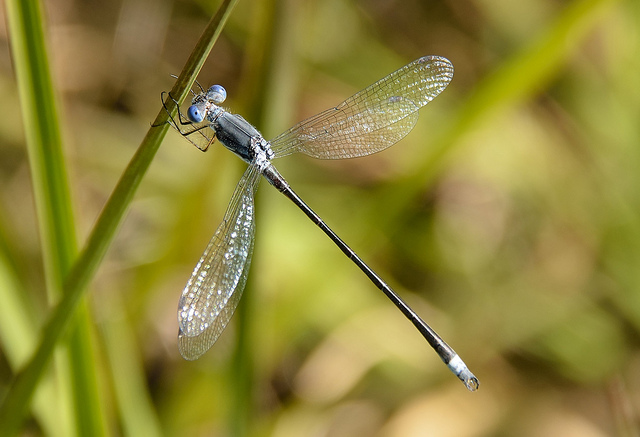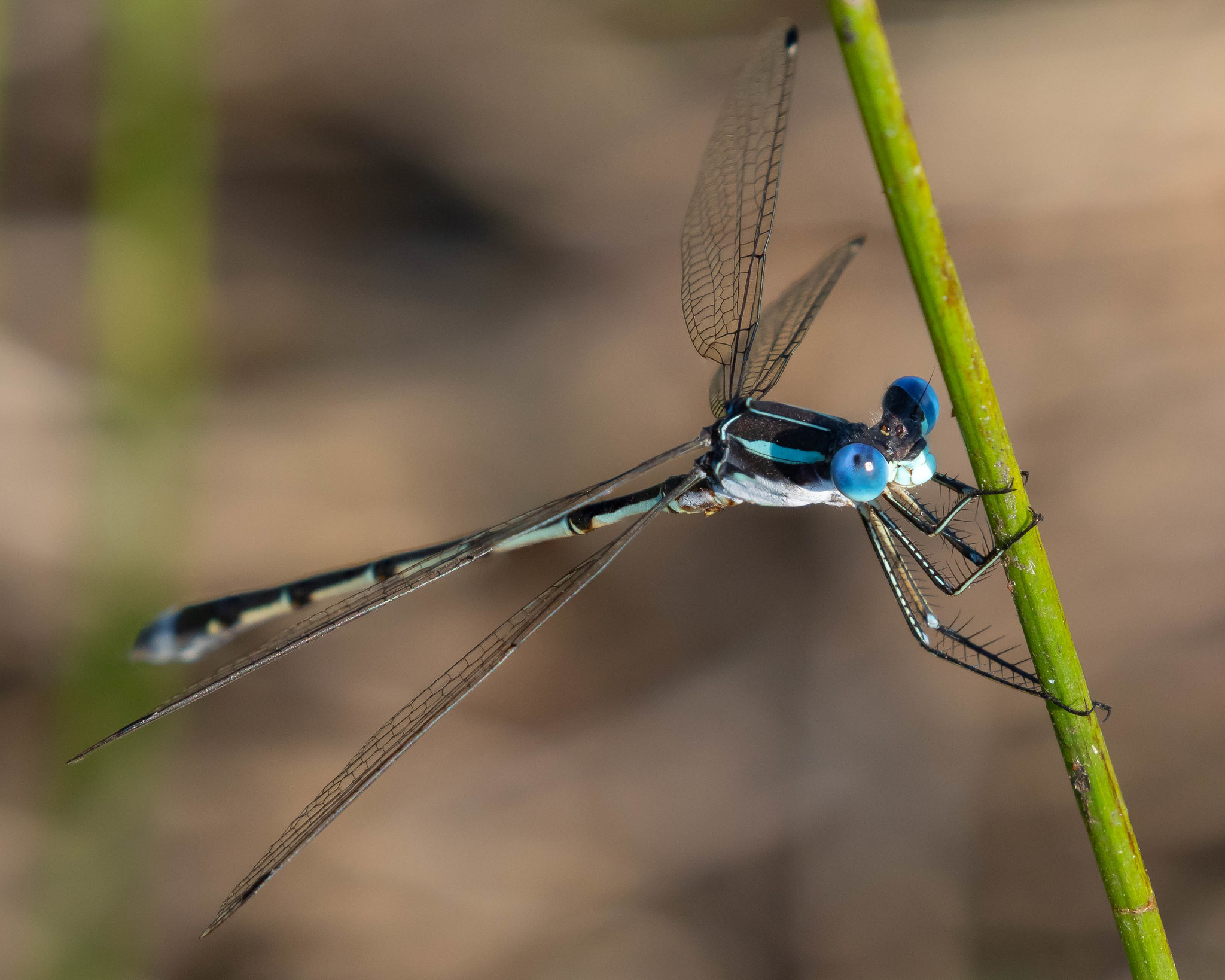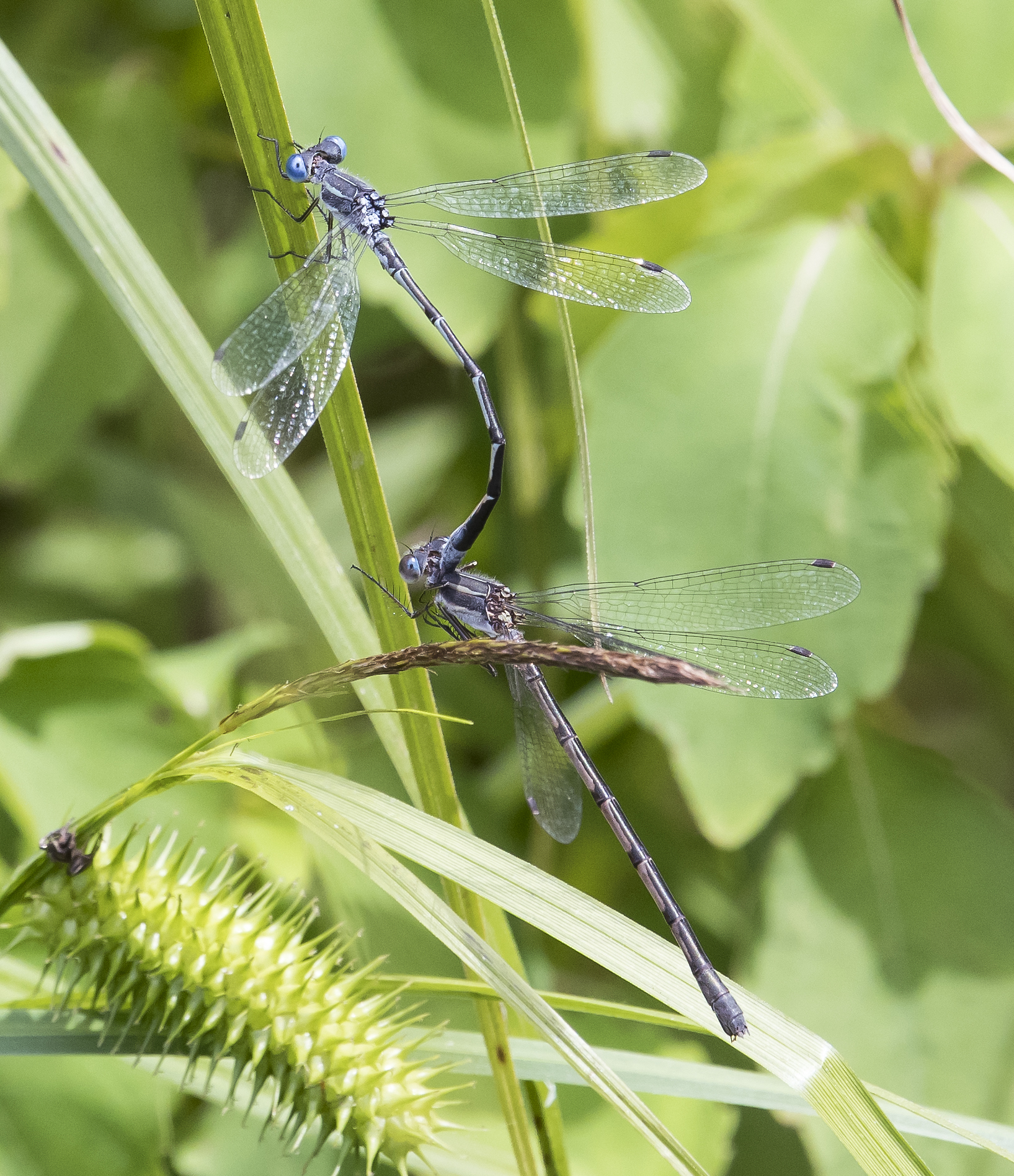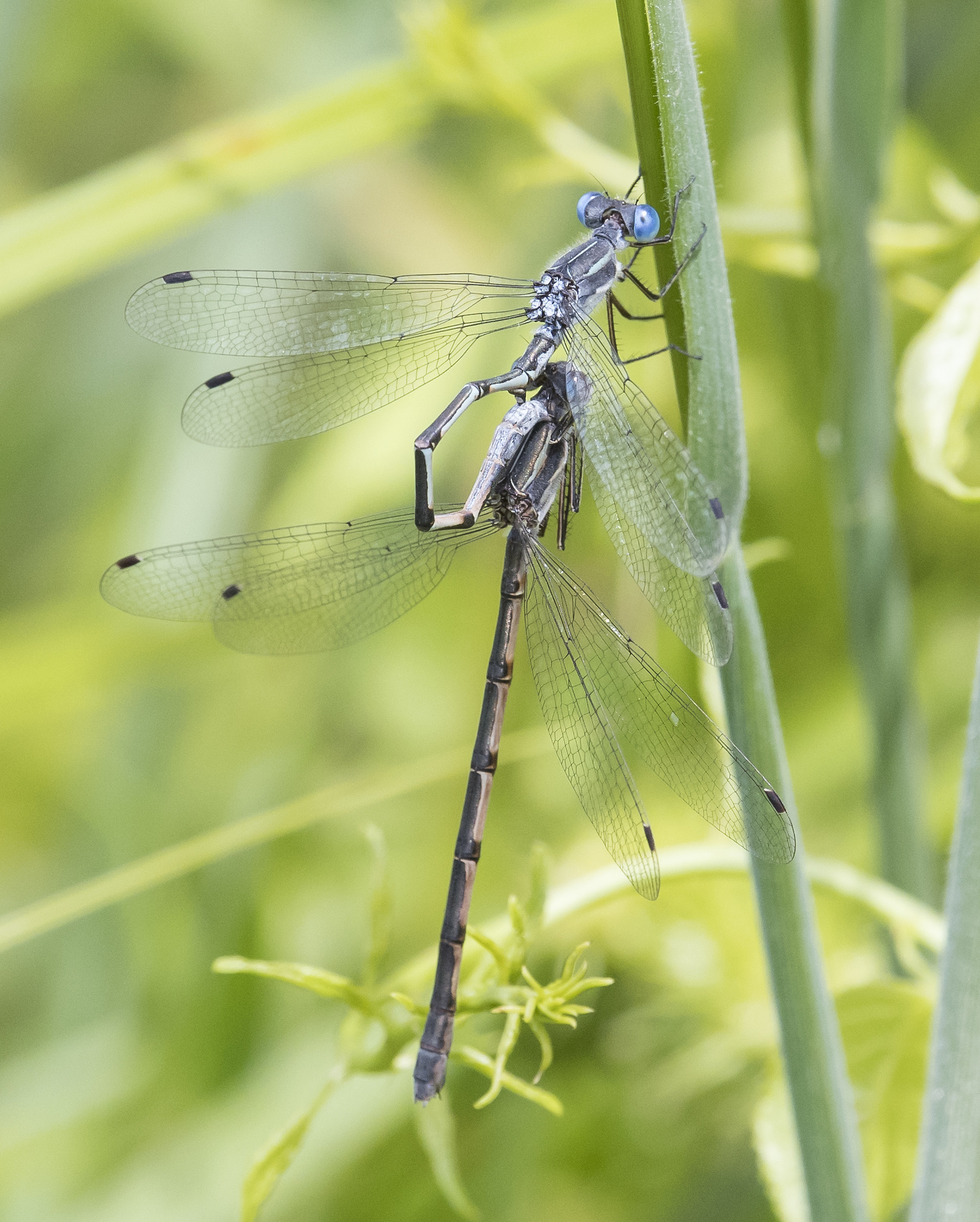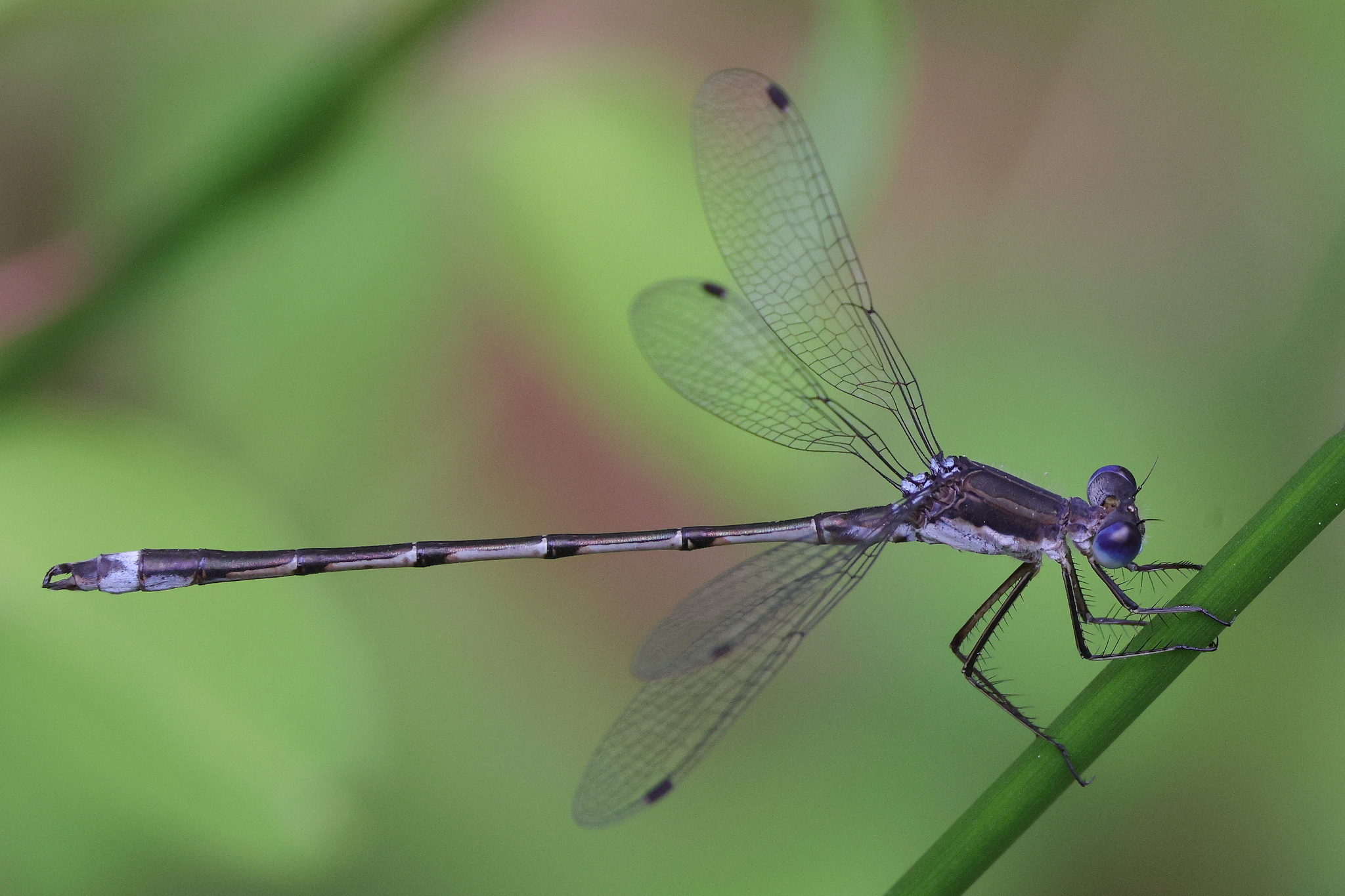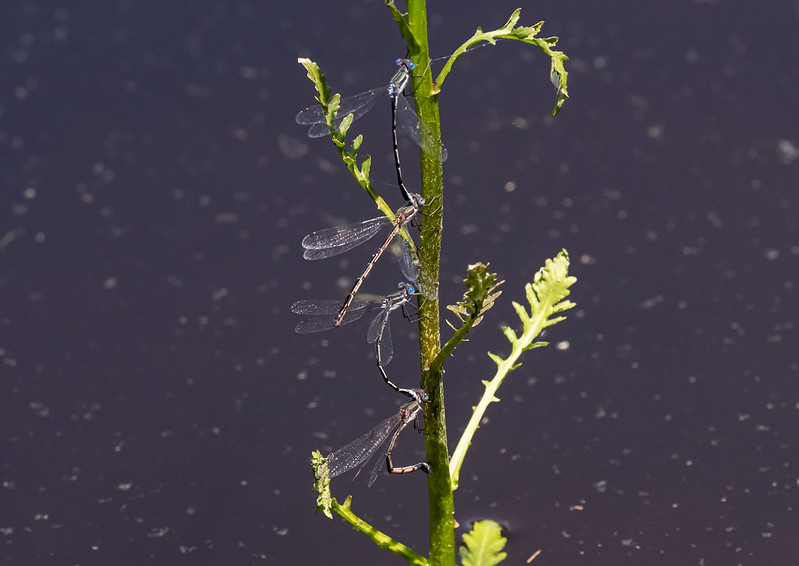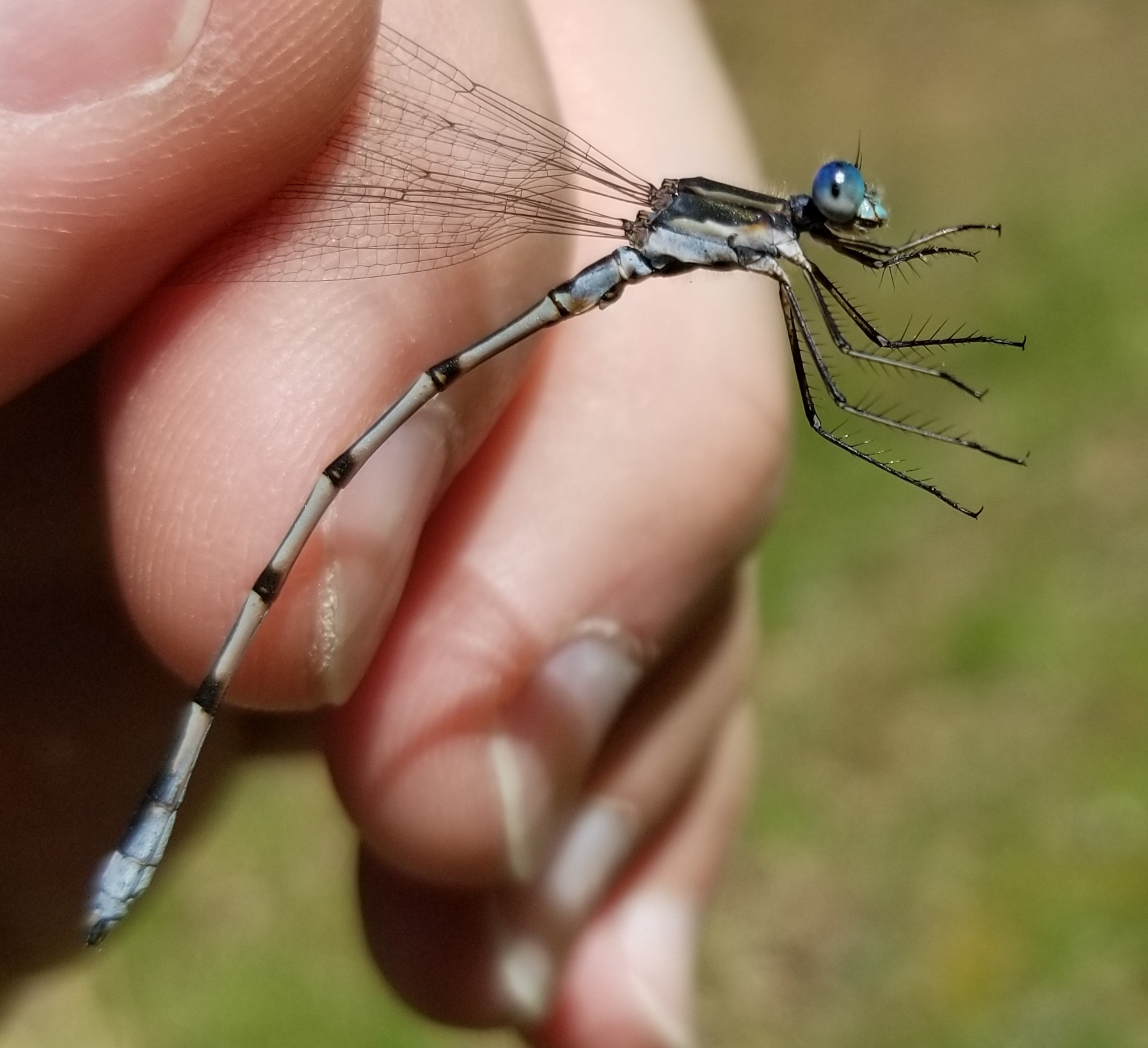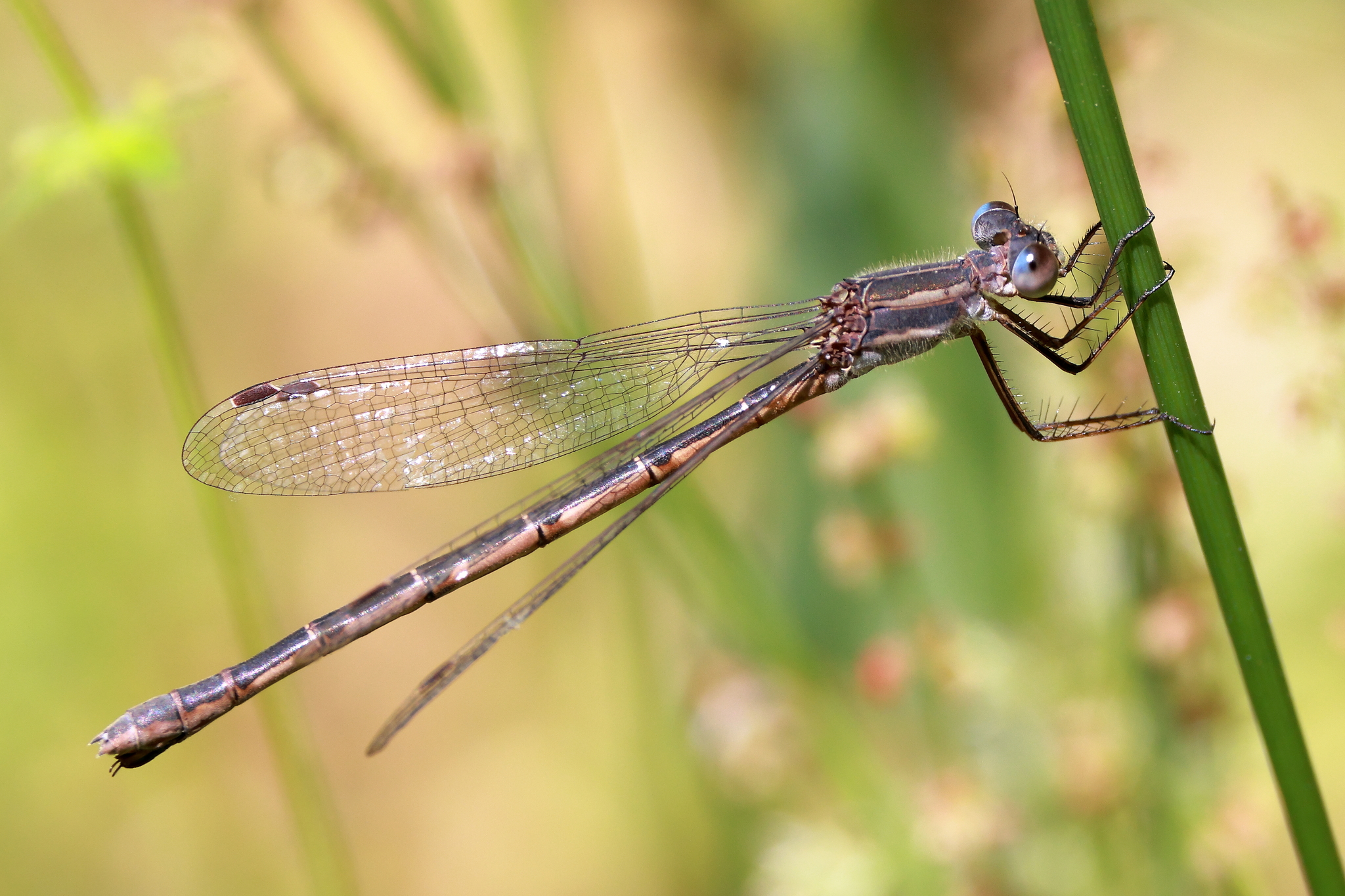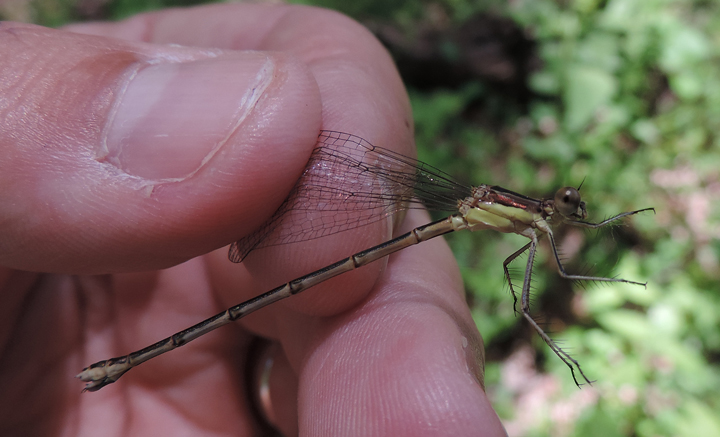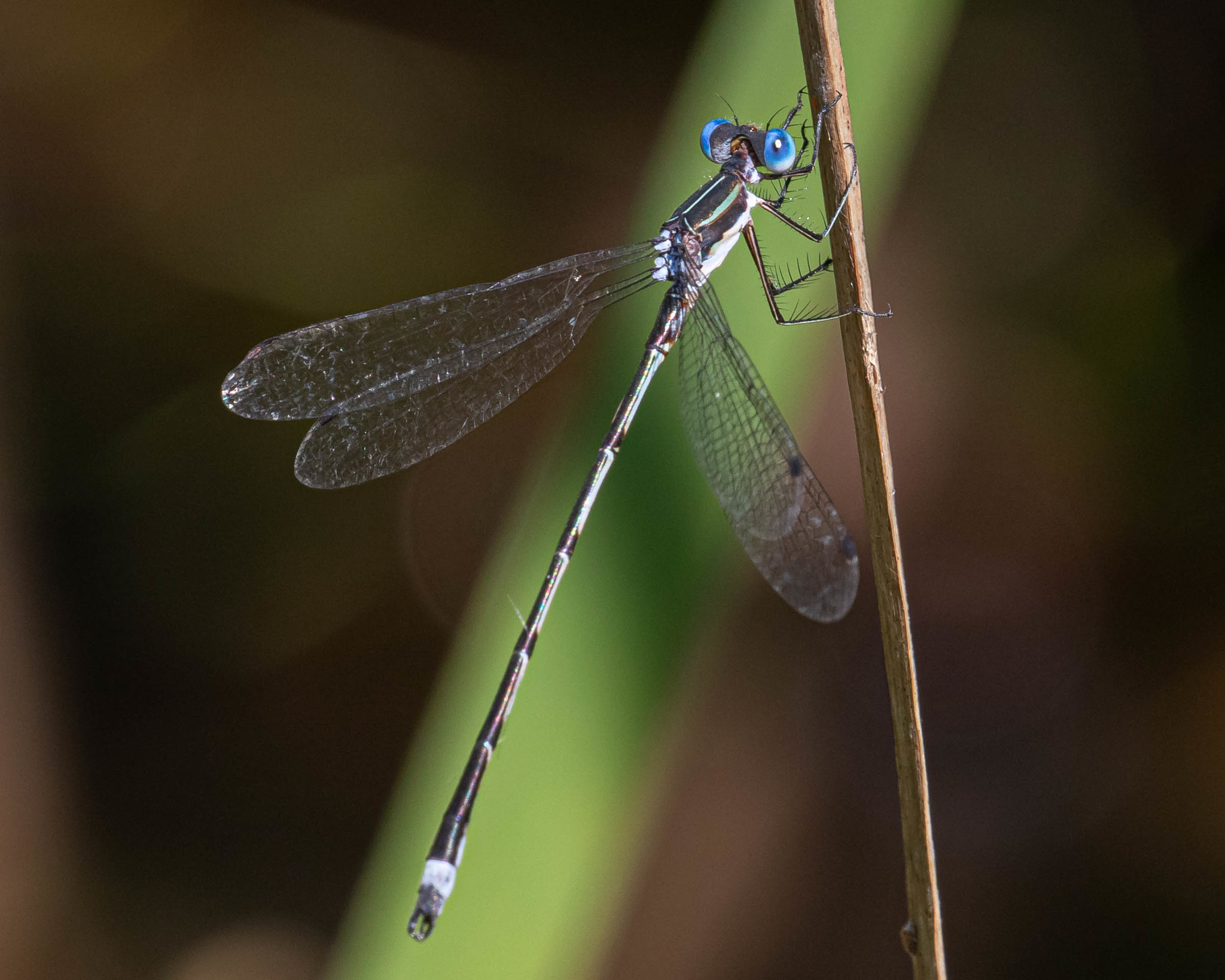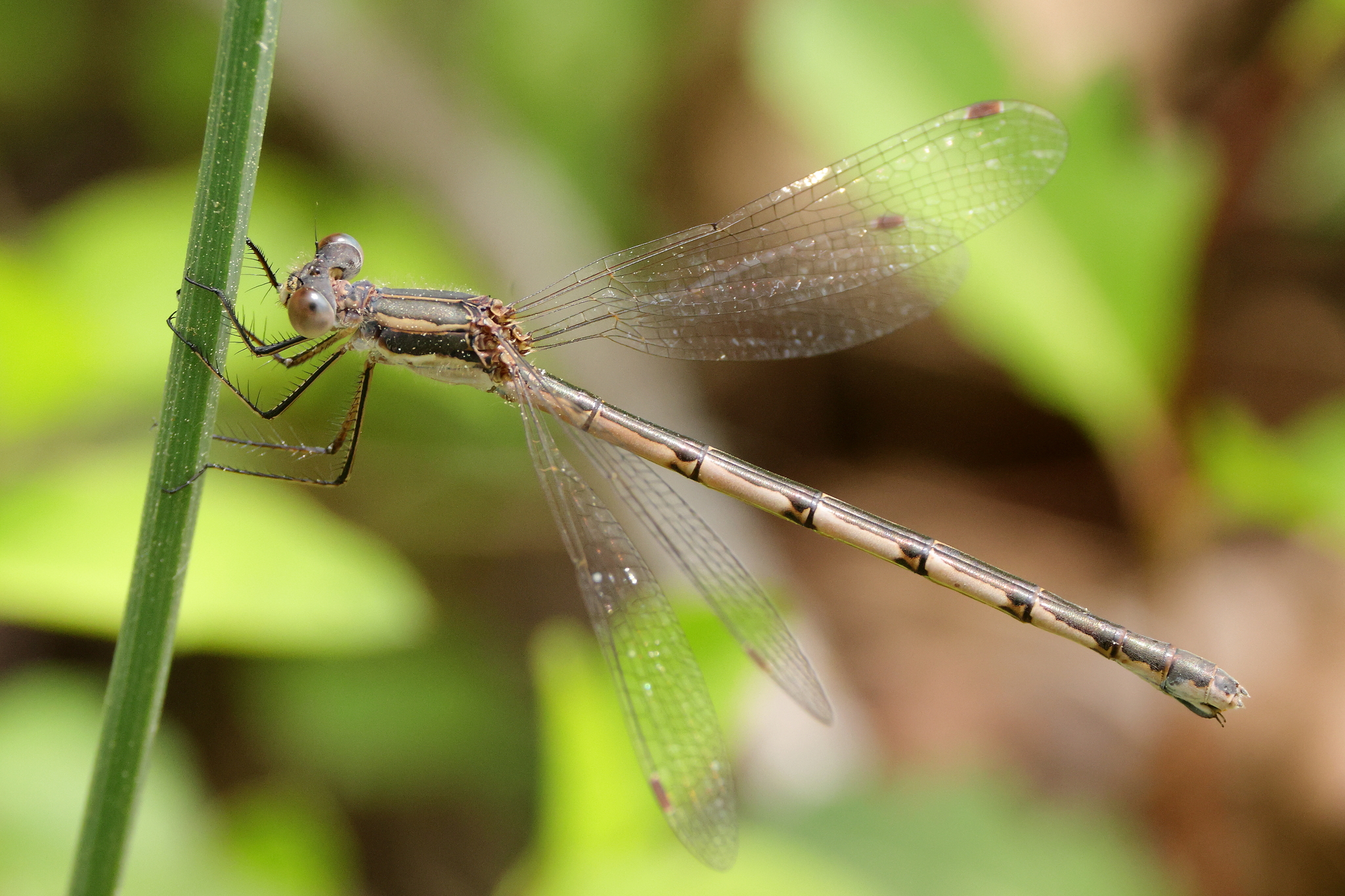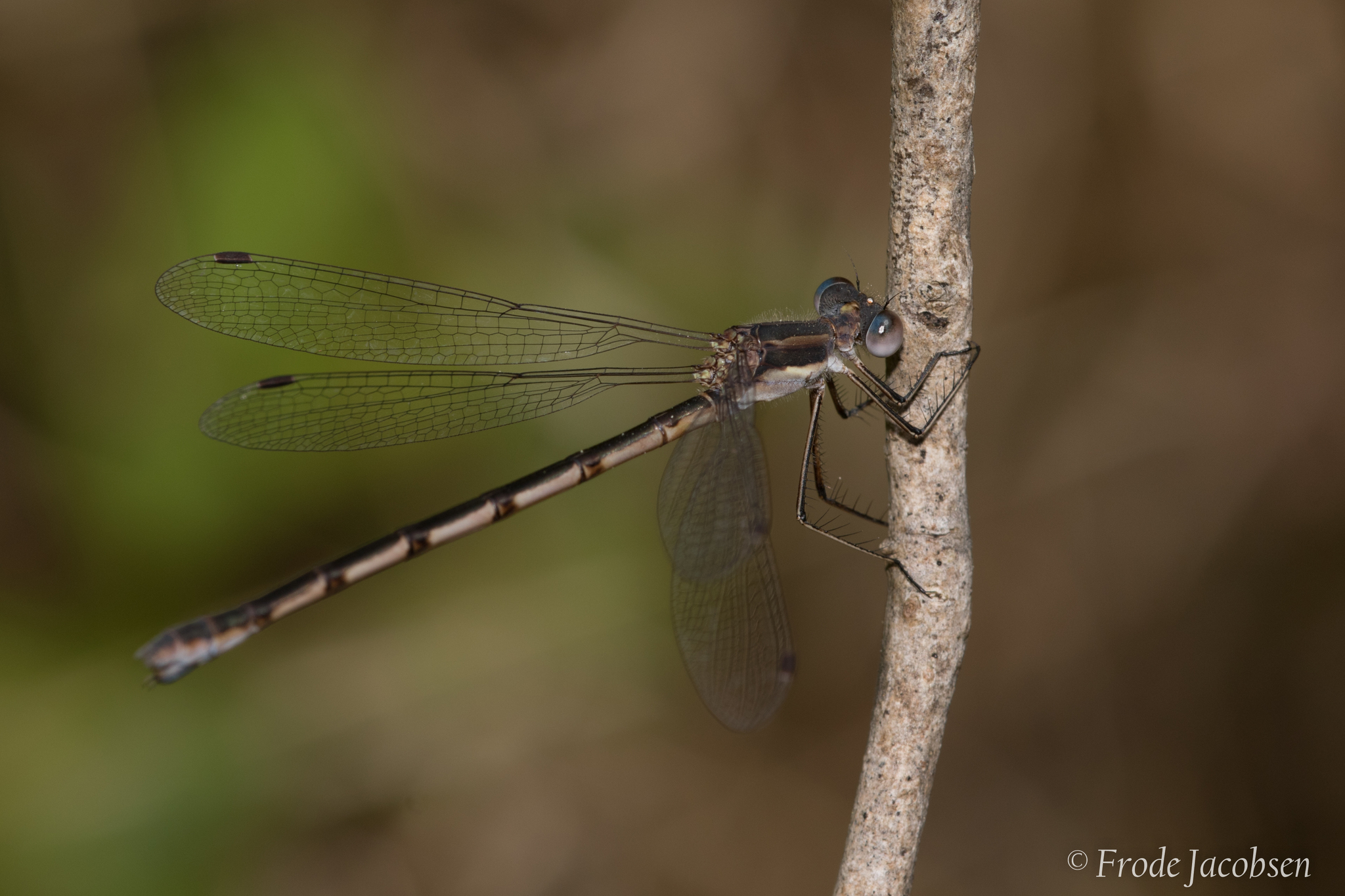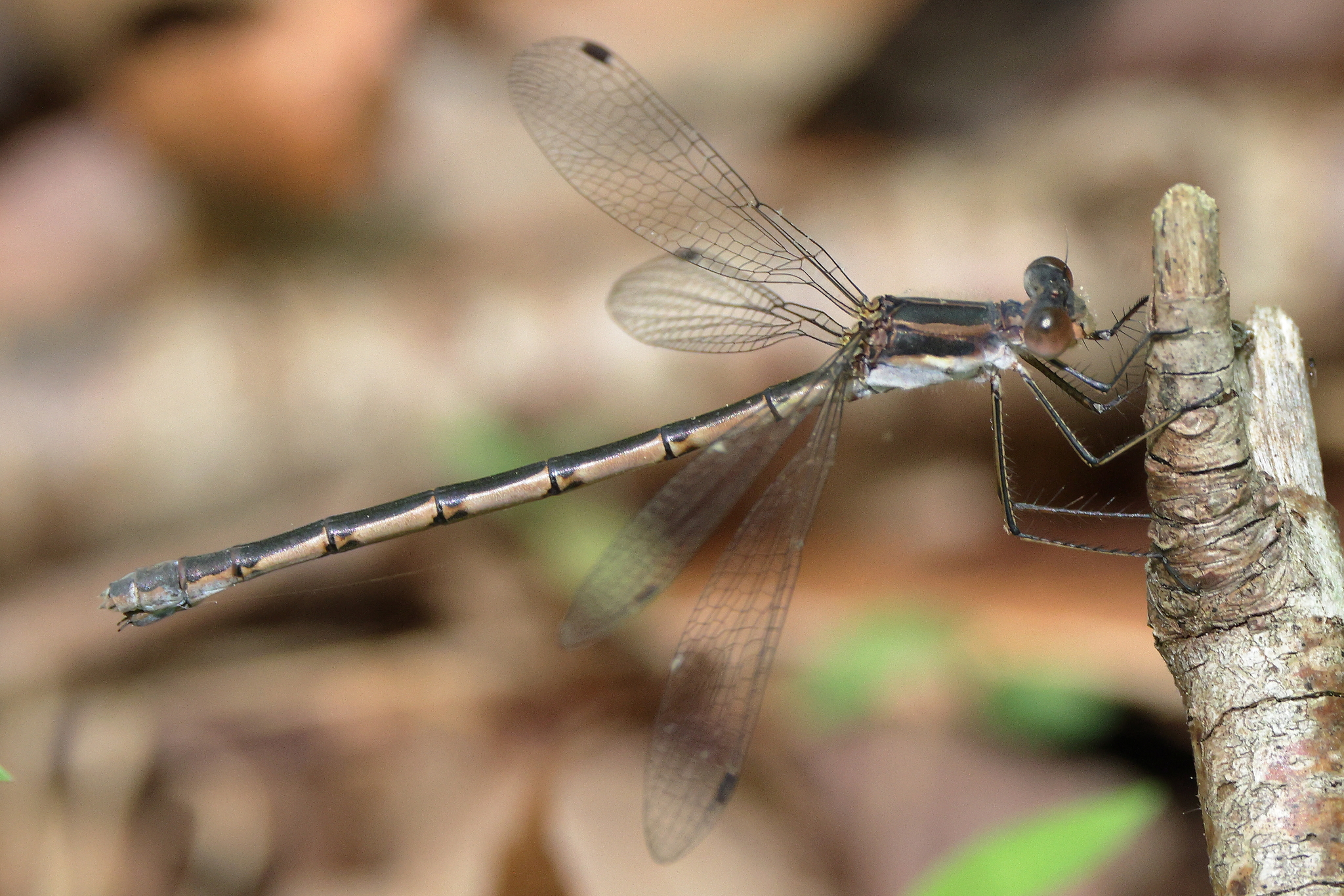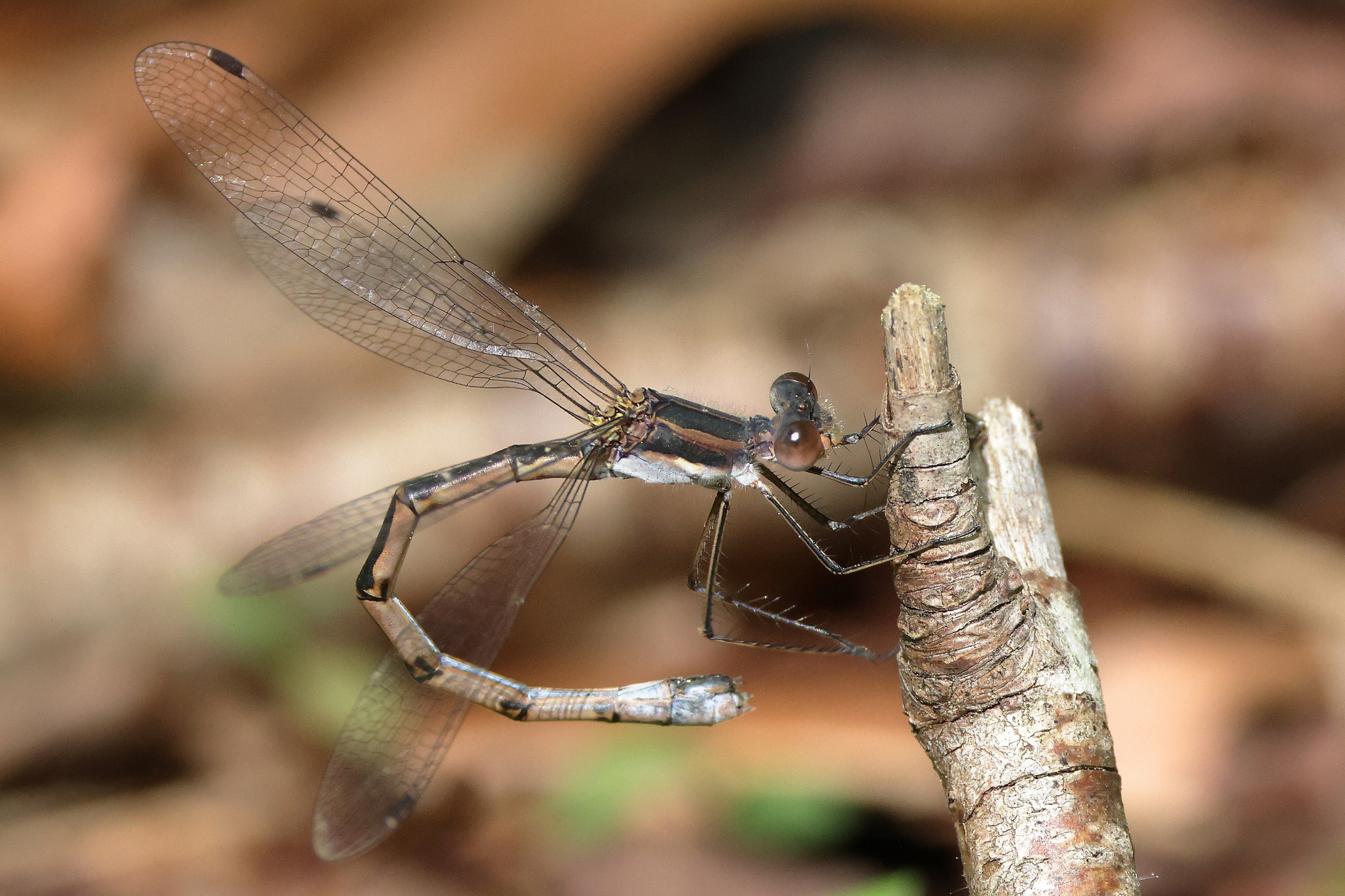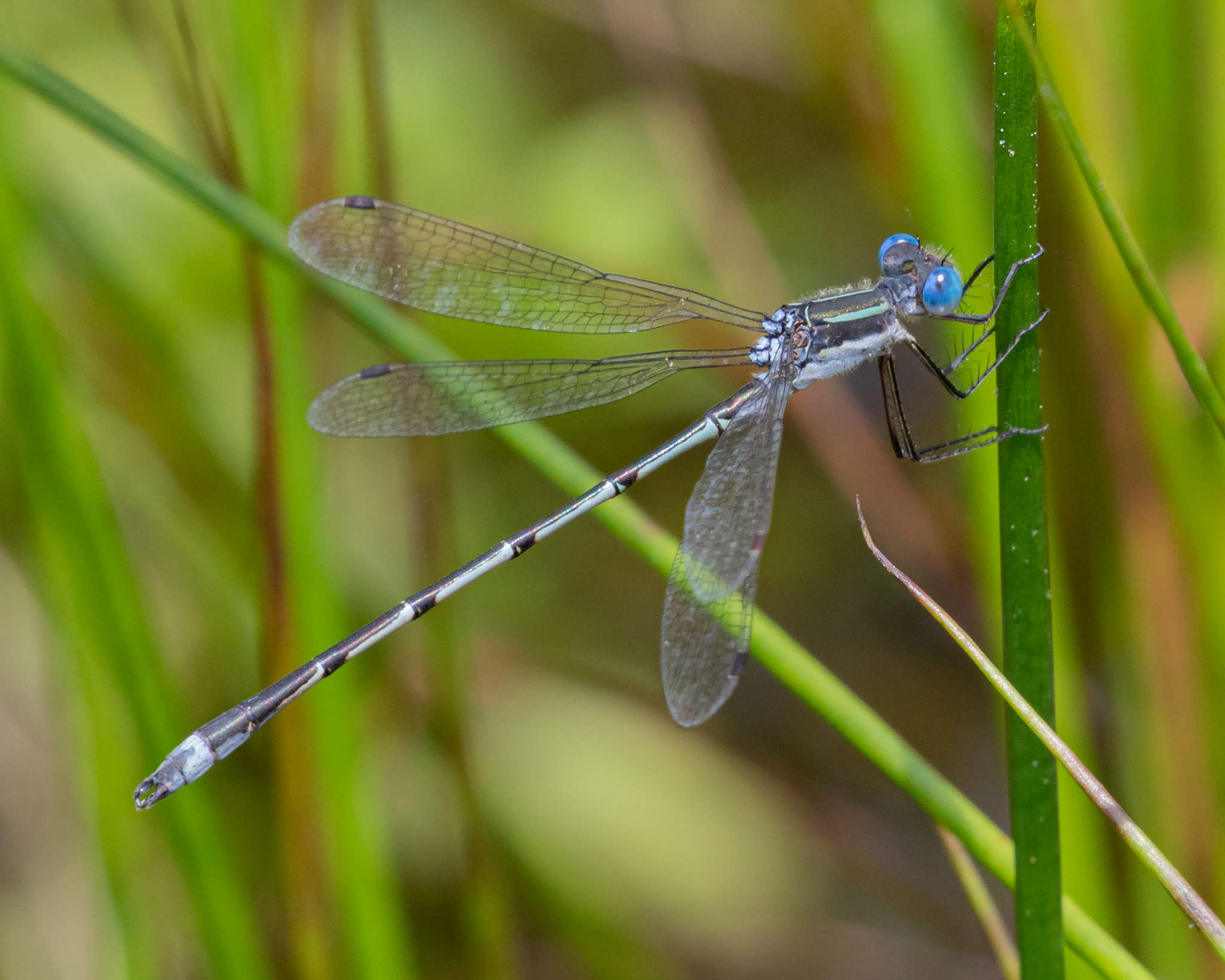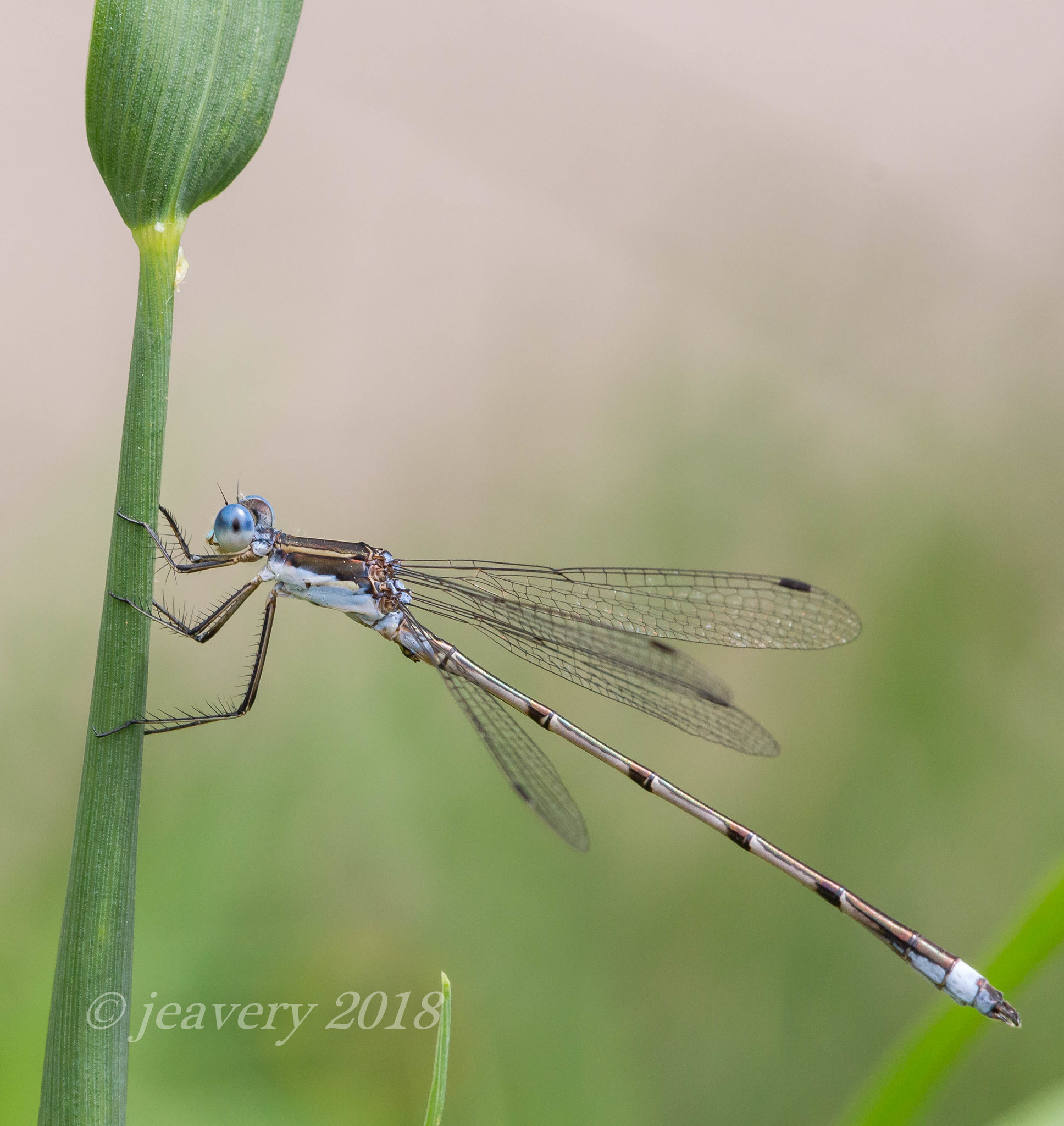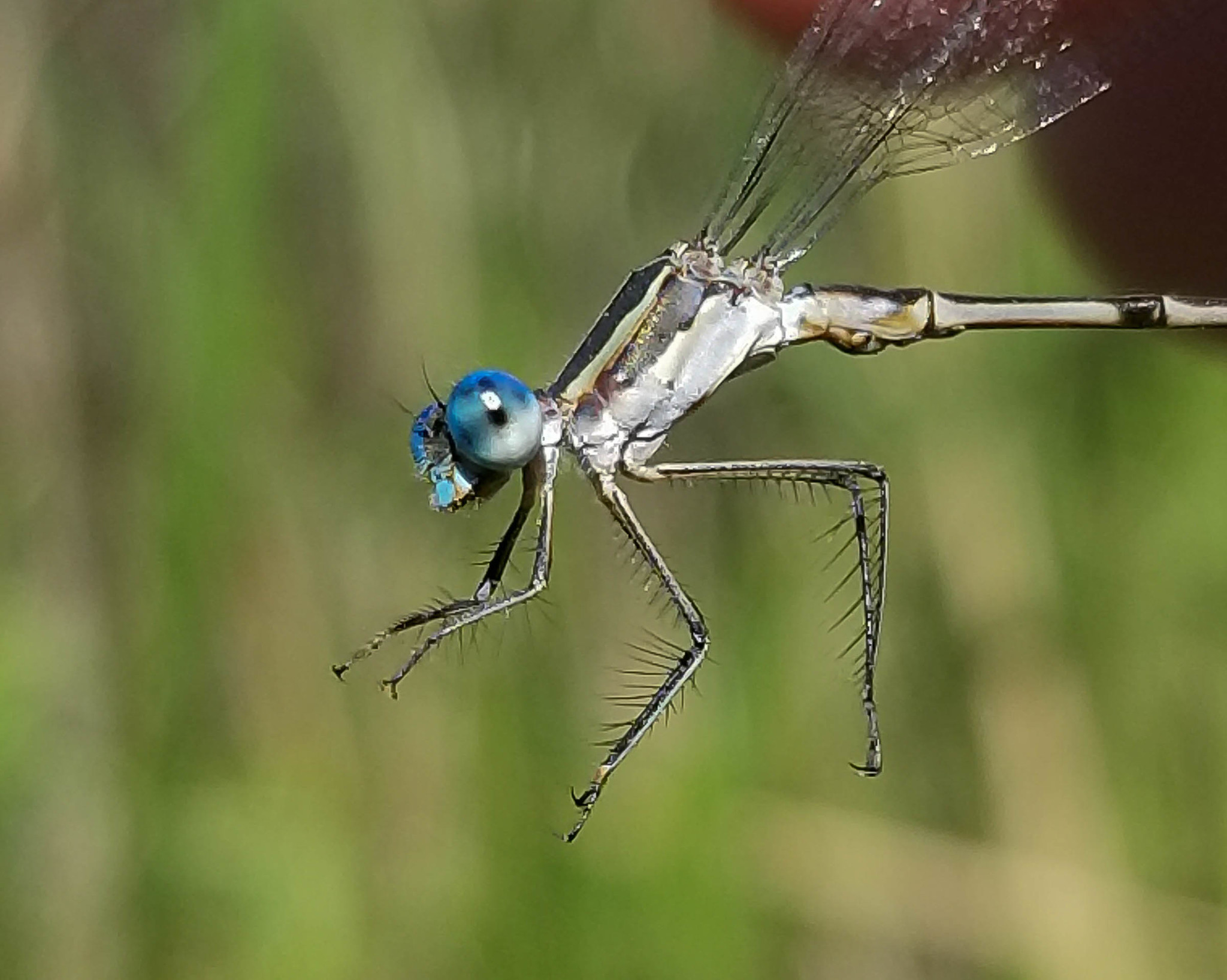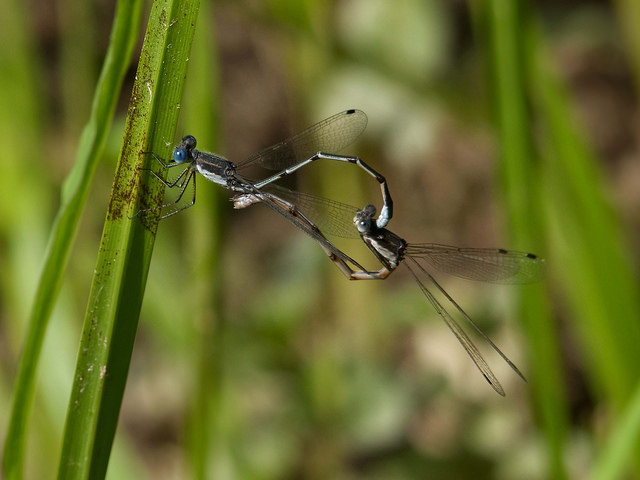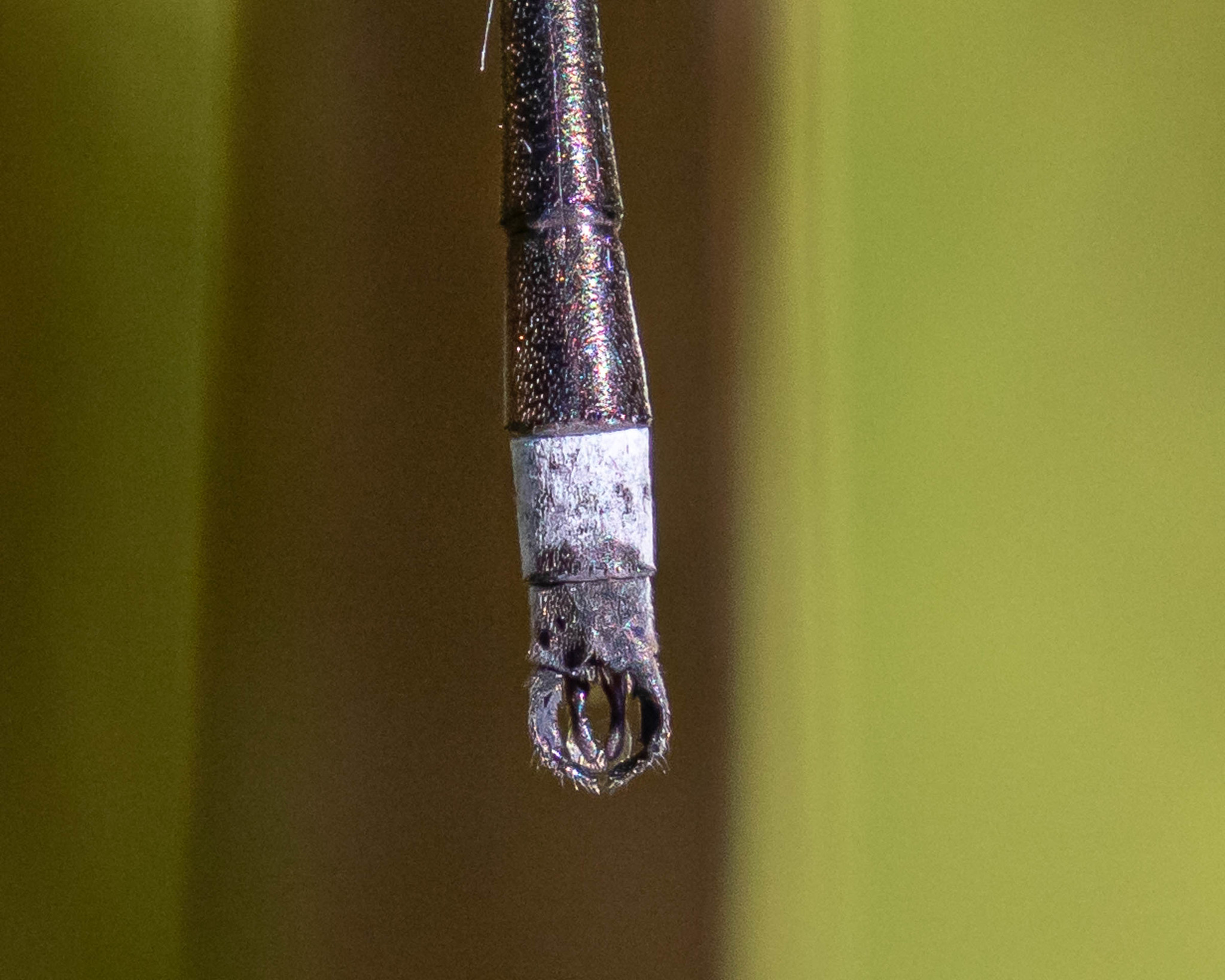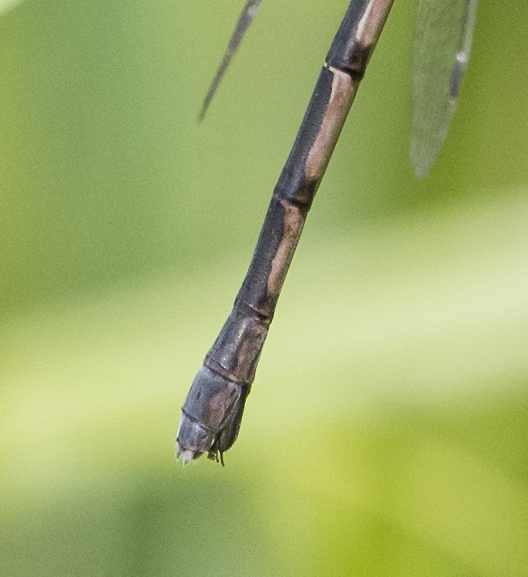Map Snapshot





















312 Records
Status
Lestes australis is widespread in the Piedmont and coastal plain regions of Maryland, but appears to be absent from western Maryland. It breeds in ponds and lakes. This species is part of a complex of several very similar spreadwing species, which also includes Northern Spreadwing (Lestes disjunctus) and Sweetflag Spreadwing (Lestes forcipatus). Care should be taken to separate from the others, preferably in the hand (Paulson, 2001)(Lam, 2004).
Seasonality Snapshot
Source: Wikipedia
| Lestes australis | |
|---|---|

| |
| Scientific classification | |
| Domain: | Eukaryota |
| Kingdom: | Animalia |
| Phylum: | Arthropoda |
| Class: | Insecta |
| Order: | Odonata |
| Suborder: | Zygoptera |
| Family: | Lestidae |
| Genus: | Lestes |
| Species: | L. australis
|
| Binomial name | |
| Lestes australis Walker, 1952
| |
| Synonyms[2] | |
| |
Lestes australis, the southern spreadwing, is a species of spreadwing in the damselfly family Lestidae. It is found in North America.[2][3][1][4]
The IUCN conservation status of Lestes australis is "LC", least concern, with no immediate threat to the species' survival. The population is stable. The IUCN status was reviewed in 2017.[1][5][6]

References
[edit]- ^ a b c Paulson, D.R. (2017). "Lestes australis". IUCN Red List of Threatened Species. 2017: e.T51364319A68460792. doi:10.2305/IUCN.UK.2017-3.RLTS.T51364319A68460792.en. Retrieved 12 November 2021.
- ^ a b "Lestes australis Report". Integrated Taxonomic Information System. Retrieved 2020-01-25.
- ^ "Lestes australis". GBIF. Retrieved 2020-01-25.
- ^ "Lestes australis species Information". BugGuide.net. Retrieved 2020-01-25.
- ^ "Odonata Central". Retrieved 2019-07-02.
- ^ "World Odonata List". Slater Museum of Natural History, University of Puget Sound. 2018. Retrieved 2019-07-02.
Further reading
[edit]- Donnelly, Nick (2003). "Lestes disjunctus, forcipatus, and australis: a confusing complex of North American damselflies". Argia. 15 (3): 10–13. ISSN 1061-8503.
- Kalkman, V. J. (2013). Studies on phylogeny and biogeography of damselflies (Odonata) with emphasis on the Argiolestidae (PhD). Leiden University. hdl:1887/22953.
External links
[edit] Media related to Lestes australis at Wikimedia Commons
Media related to Lestes australis at Wikimedia Commons Data related to Lestes australis at Wikispecies
Data related to Lestes australis at Wikispecies

